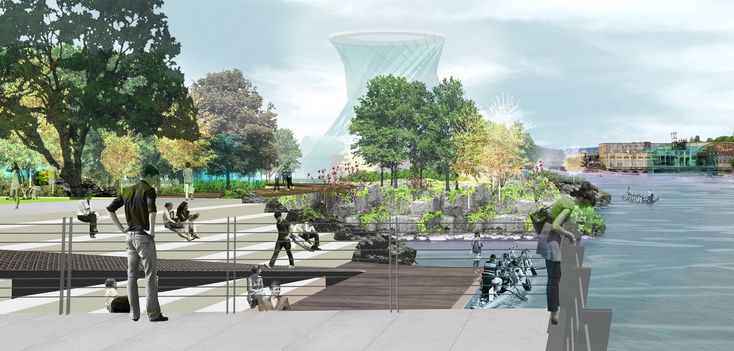Preliminary site investigations (PSIs) are crucial in the realm of construction and development. They can mean the difference between a project’s success and a costly failure. By thoroughly assessing a site before commencing a project, developers can identify potential risks, environmental concerns, and logistical challenges preliminary site investigation. Here are some notable case studies that highlight the impact of thorough PSIs on project success.

Case Study 1: The High Line, New York City
Background
The High Line, an elevated linear park on Manhattan’s West Side, transformed a disused railway into a vibrant public space. Before this ambitious project was undertaken, a comprehensive PSI was conducted.
Investigation Highlights
- Environmental Assessment: Investigators analyzed soil samples and vegetation to understand the ecosystem. This assessment ensured the protection of existing flora and fauna during construction.
- Structural Integrity: Engineers assessed the condition of the railway structure, allowing for safe retrofitting and integration into the park design.
Outcome
The High Line has become a model for urban regeneration, attracting millions of visitors and significantly boosting local property values. The PSI allowed for informed decisions that respected the existing environment while enhancing community spaces.
Case Study 2: London’s Crossrail Project
Background
Crossrail, now known as the Elizabeth Line, is one of Europe’s largest infrastructure projects, designed to improve transport across London and beyond.
Investigation Highlights
- Geotechnical Surveys: Extensive geological investigations were carried out to understand soil types, groundwater levels, and potential ground movement. This data was critical in designing the tunneling methods and selecting appropriate materials.
- Historical Research: Investigators delved into the site’s history to identify potential archaeological sites. This foresight minimized disruptions during construction and preserved important historical artifacts.
Outcome
By investing in thorough PSIs, the Crossrail project effectively navigated the challenges of urban construction, leading to a successful and timely completion. The line has since improved connectivity and reduced travel times across the city.
Case Study 3: The Sydney Opera House Extension
Background
The iconic Sydney Opera House, known for its unique architectural design, underwent an expansion project to enhance its facilities.
Investigation Highlights
- Environmental Impact Studies: Before the expansion, environmental assessments were conducted to evaluate potential impacts on the surrounding marine environment. This ensured compliance with local regulations and minimized ecological disruption.
- Structural Analysis: A detailed analysis of the existing structure was performed to ensure that the new construction would integrate seamlessly with the original design.
Outcome
The expansion has successfully increased the Opera House’s capacity and functionality, attracting even more visitors while preserving its architectural integrity. The thorough PSI was instrumental in addressing potential concerns proactively.
Case Study 4: The San Francisco-Oakland Bay Bridge Retrofit
Background
After the 1989 Loma Prieta earthquake, retrofitting the San Francisco-Oakland Bay Bridge became a priority for safety and reliability.
Investigation Highlights
- Seismic Studies: Comprehensive seismic investigations were conducted to assess the bridge’s vulnerability to earthquakes. This involved drilling core samples and analyzing the geological composition beneath the bridge.
- Material Testing: Existing materials were tested to determine their durability and performance under stress, informing decisions on necessary reinforcements.
Outcome
The retrofitting project successfully enhanced the bridge’s seismic resilience, ensuring safety for millions of commuters. The proactive measures taken during the PSI phase were key in mitigating future risks.
Conclusion
These case studies demonstrate the immense value of thorough preliminary site investigations in successful project execution. By identifying potential challenges and opportunities early on, developers can make informed decisions that lead to innovative, sustainable, and community-enhancing outcomes. Investing time and resources in PSIs not only protects investments but also enriches the built environment for future generations.